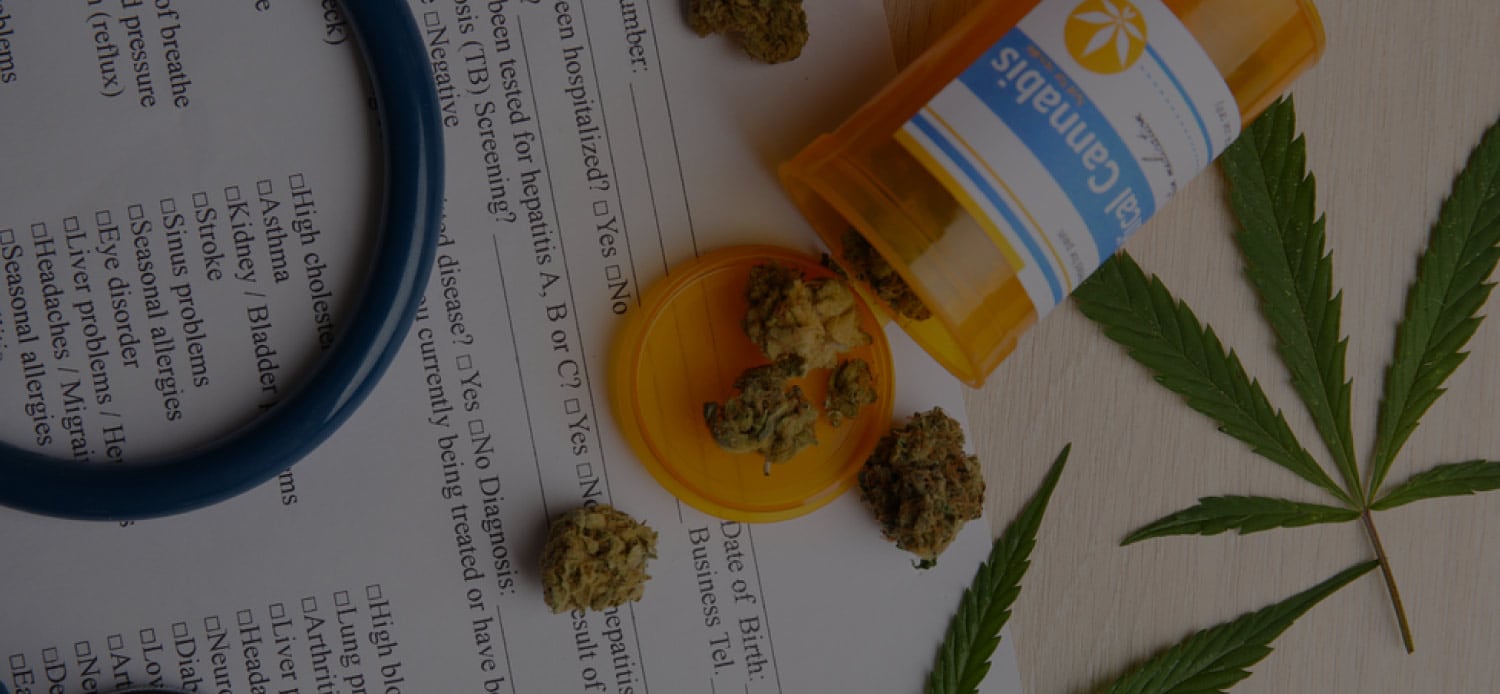
For many Canadians, gaining legal access to safe, reliable medical marijuana prescriptions is the golden ticket to a life worth living. However, with so much conflicting information in the news and online about cannabis dispensaries, coupled with the anticipated, alleged legalization of Cannabis on Canada day 2018, we wanted to shed some light on how medical cannabis works in Canada at the present time. If you’re finding yourself confused by the ‘grey area’ that medical marijuana seems to be categorized in these days, please read on for a straightforward, black and white look at the top 5 things you need to know about legal, medical marijuana in Canada.
1) Medical Cannabis requires a prescription
A medical marijuana prescription, also known as a ‘medical document’, has to be written by a qualified doctor to legally obtain medical cannabis in Canada. This medical document has 3 important pieces of information, which patients should pay attention to:
The Expiry Date
Medical documents are valid as soon as they are written and signed by your doctor – which is on the day you have your appointment. As such, it is important to know how long your prescription is written for, so you are aware of the expiry date. After a prescription expires, legally you are no longer able to purchase or carry medical cannabis on you, unless you have a new prescription.
As an example, if a prescription is signed on February 22, 2017, and is written for 4 months (120 days), the prescription will expire on June 21, 2017. It is always recommended to visit your cannabis doctor at least 2 weeks before the prescription expires so you may be pre-prescribed and continue to legally possess and purchase your medical cannabis.
Grams Per Day
Your doctor must indicate the number of grams of dried cannabis they have prescribed to you, per day, based on your medical condition and experience with cannabis, generally ranging between 0.5 – 5 grams per day. Each month or each 30-day cycle, you are authorized to purchase 30 times your daily amount. This is called your ‘monthly allotment’. Patients can legally possess the lesser of a 30-day supply or 150 grams.
For example, if you are prescribed 2 grams of cannabis per day, you are allowed to purchase and carry on you up to 60 grams of cannabis per month ( 2 grams x 30 Days = 60grams per month).
THC limit
THC is the psychoactive component in medical cannabis or the compound that is responsible for patients feeling ‘high’. Generally speaking, the THC content in medical cannabis products can range from <1% – 30 %. Some doctors will prescribe a THC limit on the prescription which prevents patients from purchasing products that have too much THC, based on the patient’s condition and experience.
For example, a prescription indicates a THC limit of 20%, so a patient would be unable to purchase strains (varieties) of cannabis that have a THC content higher than 20%. This piece of information is especially important when deciding which Licensed producer (LP) you choose to receive your medicine from, as you want to ensure that your LP offers products that accommodate your THC range/ limit.
2) Medical Cannabis can only be ordered and purchased from a Licensed Producer (plus you can grow your own!)
Licensed Producers ( also referred to as ‘LP’s’ ) are legally authorized under Health Canada to grow, produce and sell medical marijuana to eligible Canadians with a prescription. You can think of an LP like a pharmacy. Every LP requires the original copy of your medical document by mail or secure fax. If your prescribing doctor works in a marijuana clinic, the clinic will usually take care of sending your prescription directly to the LP of your choice.
Right now, there are 41 different Licensed Producers you can choose to receive your medicine from, and the list is growing. So, when deciding which LP to choose, it is important to take into consideration what type of cannabis you will be ordering ( dry or oils ), your THC limit, and your budget. Some LP’s offer compassionate pricing or discounts if you are on government assistance (ODSP, CPP Disability etc ), or are making less than a certain income amount per year. It is recommended to check with each LP directly or contact your cannabis clinic for more information.
Some patients choose to grow their own medical cannabis and this is an option through Health Canada. You can grow the cannabis plants yourself, or designate someone to grow it for you. It requires an application and prescription. If you’re interested in growing your own medical cannabis, please call Apollo for more details and to book an appointment!
3) Medical Cannabis can only be mailed
At this point in time, Health Canada only allows medical marijuana to be mailed directly to the patient, from the LP. When choosing an LP it is not essential to take into account where they are located as they will always ship out your medicine in 1-2 business days via Canada Post. Some LP’s offer the option to choose Purolator or other mail services, however, Canada Post is standard. Shipping is usually very fast and discreet – in a cardboard box with nothing to indicate the contents. It’s important to note that the package does need to be signed for, so if nobody’s home at the time of delivery, they will leave you a sticker on your door letting you know where to pick up your medicine.
As such, there are no legal brick & mortar locations ( i.e no ‘stores’ ) where you can go in to purchase/ pick up your medical marijuana. This is where some confusion often lies as there is much chatter about dispensaries in the news. Dispensaries are storefronts that sell marijuana, however, Health Canada is very clear when they state “ [ we ] do… not authorize the operation of retail storefronts, such as “compassion clubs” or “dispensaries”. They are illegal.” So, if you are currently getting your medicine from a storefront, or in any manner other than a LP, we urge you to call us at Apollo Cannabis Clinic so we can help you obtain cannabis legally.
4) Medical Cannabis is available in a variety of forms & options
In 2020, medical cannabis can now be obtained and consumed as medicine in a variety of forms. Since 2.0, Health Canada has approved more options for patients beyond the initial dry form (flowers) and oral cannabis oils (or softgels). Dry cannabis usually comes in bud or flower form and is most often smoked or vaporized. Dry cannabis is ideal for patients who need short-acting but immediate symptom relief. When cannabis is heated, through smoking or vaporizing, the THC and CBD is activated and then inhaled. As such, these compounds enter your body immediately and begin working at their peak within 5-10 minutes. Meanwhile, oral cannabis oil sold by LP’s are taken under the tongue and then swallowed. Because the THC and CBD are absorbed during digestion through this method, the effects peak in 2-4 hours, however, this method provides longer-lasting relief, generally about 6-12 hours. Some Licensed Producers now offer cannabis oil in a capsule form, which is often more convenient.
Recently, Licensed Producers have begun offering pre-filled vaporizer cartridges (concentrate) which act similarly to a flower vaporizer and have been praised for its ease of use and accessibility. Edibles (infused food) and beverages are also making their way into the market. These edibles act very similar to how an ingestible oil or softgel would in the body but can be slightly more difficult to precisely dose.
5) Medical Cannabis is generally not covered by Insurance
Medical Cannabis does not currently have a DIN number and as such, is not covered by OHIP or other government health insurance providers. However, many Licensed producers recognize the expense of marijuana and offer ‘Compassionate Pricing’. Patients who are on government social assistance, or who are making less than a certain income amount per year may be eligible.
Some private insurance companies may cover the cost of medical cannabis, and as the industry continues to evolve we encourage patients to continually ask their provider.
Similarly, Patients who are on ODSP are also eligible to have a vaporizer fully covered, and veterans can be covered for up to 3 grams of cannabis per day. If you want to know if you are eligible for compassionate pricing, it is recommended to contact the LP directly or call your marijuana clinic for more info.
And there you have it – the Top 5 things that you need to know about medical cannabis in Canada. We hope you found this article interesting and helpful, so please let us know in the comments, if you have any questions or what other topics you would like us to cover!

